These 5 Face Mask Ingredients Can Dry Out Your Skin—Here's What to Use Instead
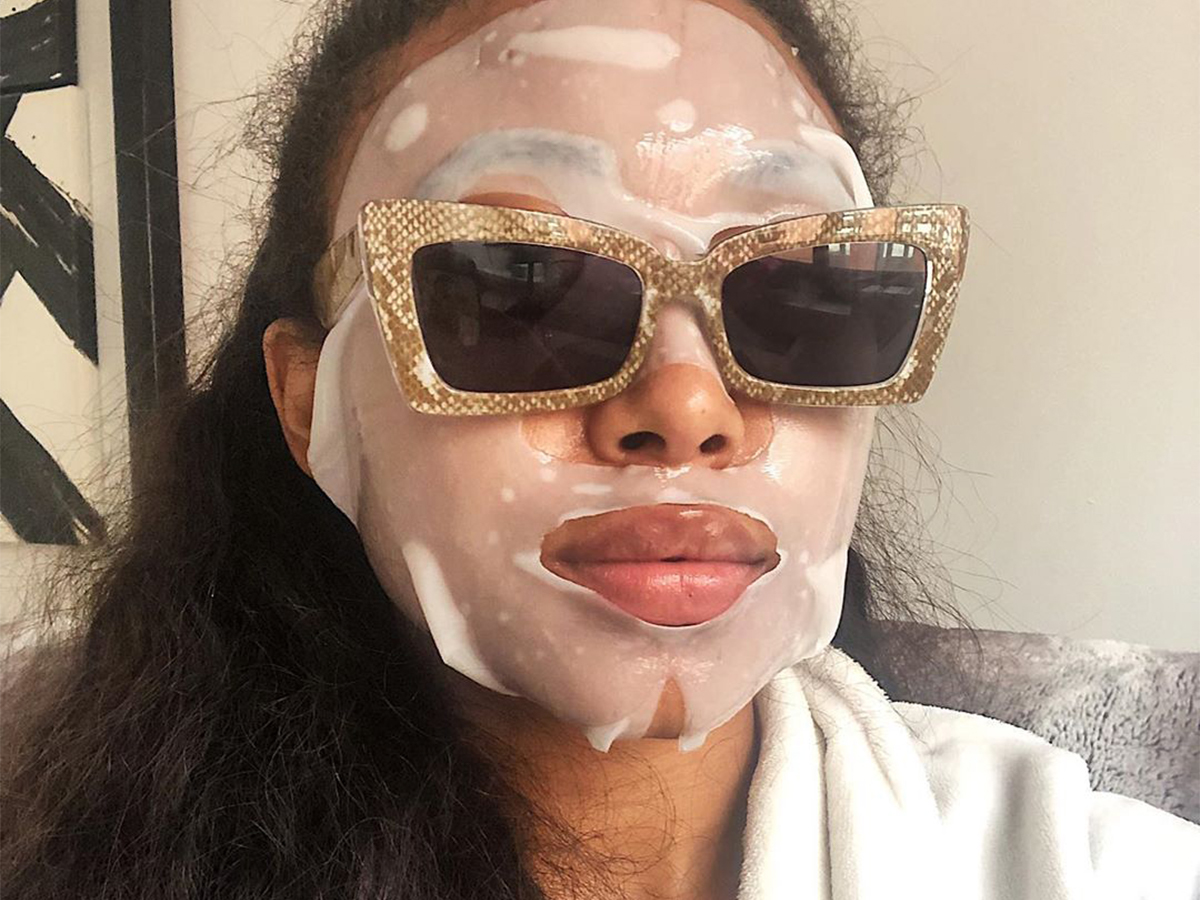
Of all the wonderful skincare products at our disposal, face masks always rank high on the list of must-haves. Not only is the physical act of applying a thick layer of miracle-goo practically #selfcare personified, but the tangible improvements these concoctions impart are enough to make you do a double-take.
These days, there really is a face mask for any skincare goal you're pursuing. Whether you have acneic skin, are struggling with dullness, or even looking to smooth your skin texture, there's likely a formulation on the market that can help. Since we're still in the throes of a very dry season, our masking sights are currently set on hydrating face masks for a supple, quenched epidermis.
To help us pinpoint the best hydrating face masks out there, we called on celebrity esthetician revered in Hollywood as "The L.A. Facialist" Candace Marino as well as esthetician and founder of Klur Skincare, Lesley Thornton. These two experts specialize in helping their clients achieve glowing, quenched skin, so we got them to weigh in on the dying ingredients that derail our hydration goals, as well as the best ones to reach for instead. Check out their tips ahead.
What Are the Most Drying Ingredients Found in Face Masks?
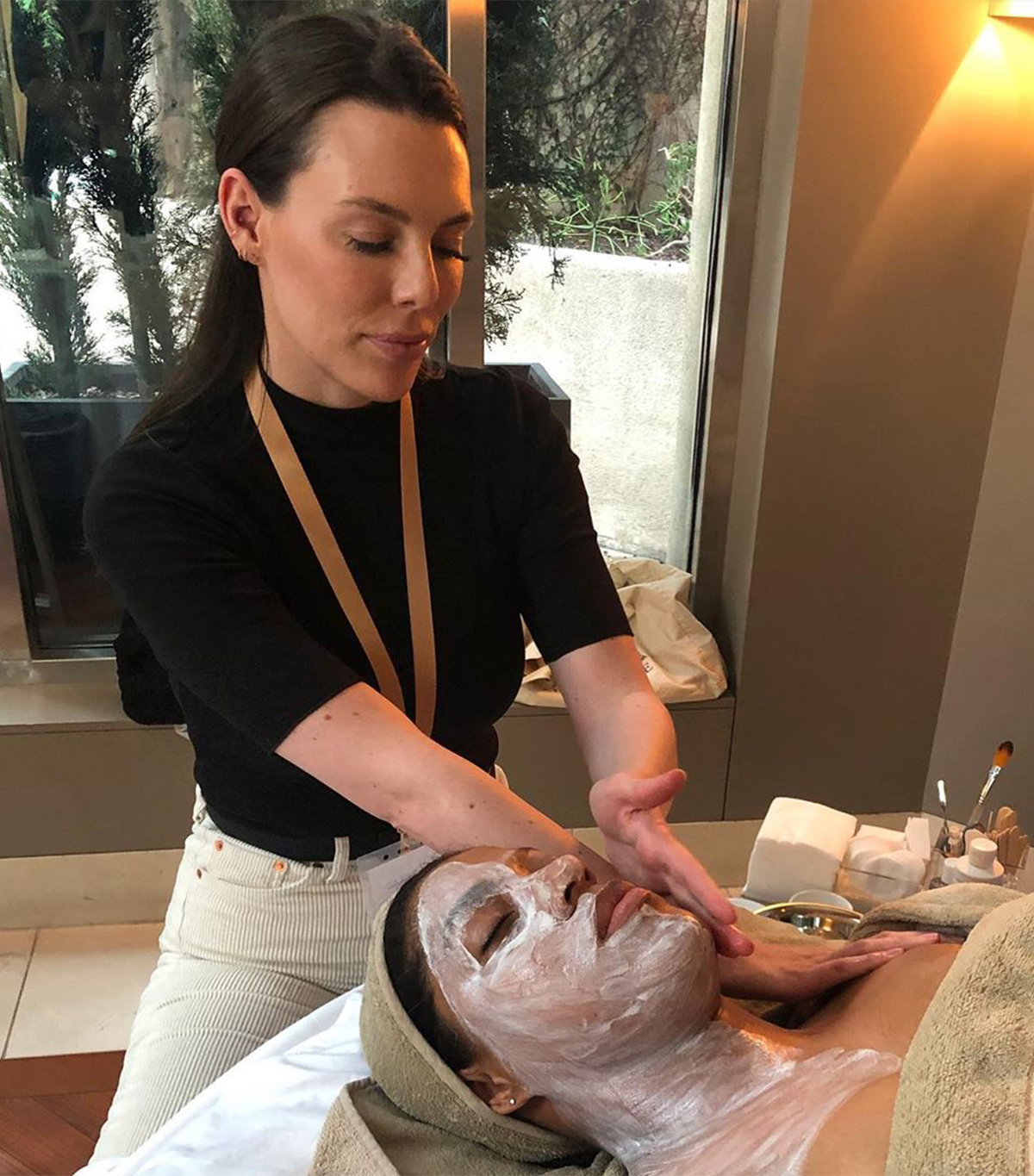
Drying Ingredient #5: Mud
"Almost all clays and muds are going to be oil-absorbing, which can cause dryness if overused," Marino says. "Blending them with another hydrating mask will not only keep mud masks from drying out, but it will also improve the texture and ensure easy removal."
Drying Ingredient #4: Sodium Bicarbonate
Also known by its common name, baking soda, sodium bicarbonate is a synthetic salt compound found in many skincare products. When used sparingly, it's believed to be safe for use on the skin, but overuse can lead to problems. "It alters skin's natural pH levels and strips its natural oils, which can dramatically reduce the skin's ability to retain moisture," Thornton explains.
Drying Ingredient #3: Sodium Lauryl Sulfate
This alcohol-derived surfactant is commonly used as a cleansing agent in skincare products. Thornton points out the red flag that it's highly sensitizing to the skin, which can lead to all kinds of issues. "It's technically safe for skin, but on some, it can be a very harsh irritant and is a common skin allergen," she says.
Drying Ingredient #2: Specially Denatured Alcohols
"Not all alcohols are bad nor drying, so you should read your ingredients and do a quick google search if you aren't sure [about a particular alcohol]," Thornton insists. Fatty alcohols, like cetyl alcohol, for example, are actually super beneficial to the skin. SD alcohols are the drying kind, though. They can give products that quick-drying effect and mimic fast absorption, but the truth is that they're highly volatile and can zap the moisture right out of your skin. Thornton says that the key drying SD alcohols to avoid are ethanol alcohol, isopropyl alcohol, and methyl alcohol.
Drying Ingredient #1: Clay
Marino says that clay masks and many of the components typically included in the formulations can all lead to excessive dryness. "Kaolin, bentonite, charcoal, sulfur, and zinc are all going to be on the drying side. With this said, clay masks can be super beneficial," she explains. "I just always recommend not overdoing it—even for people with acneic skin—because when skin becomes too dry, it will have a massive rebound effect on the sebaceous glands and your skin will produce even more oil to compensate."
Hydrating Masks to Reach for Instead
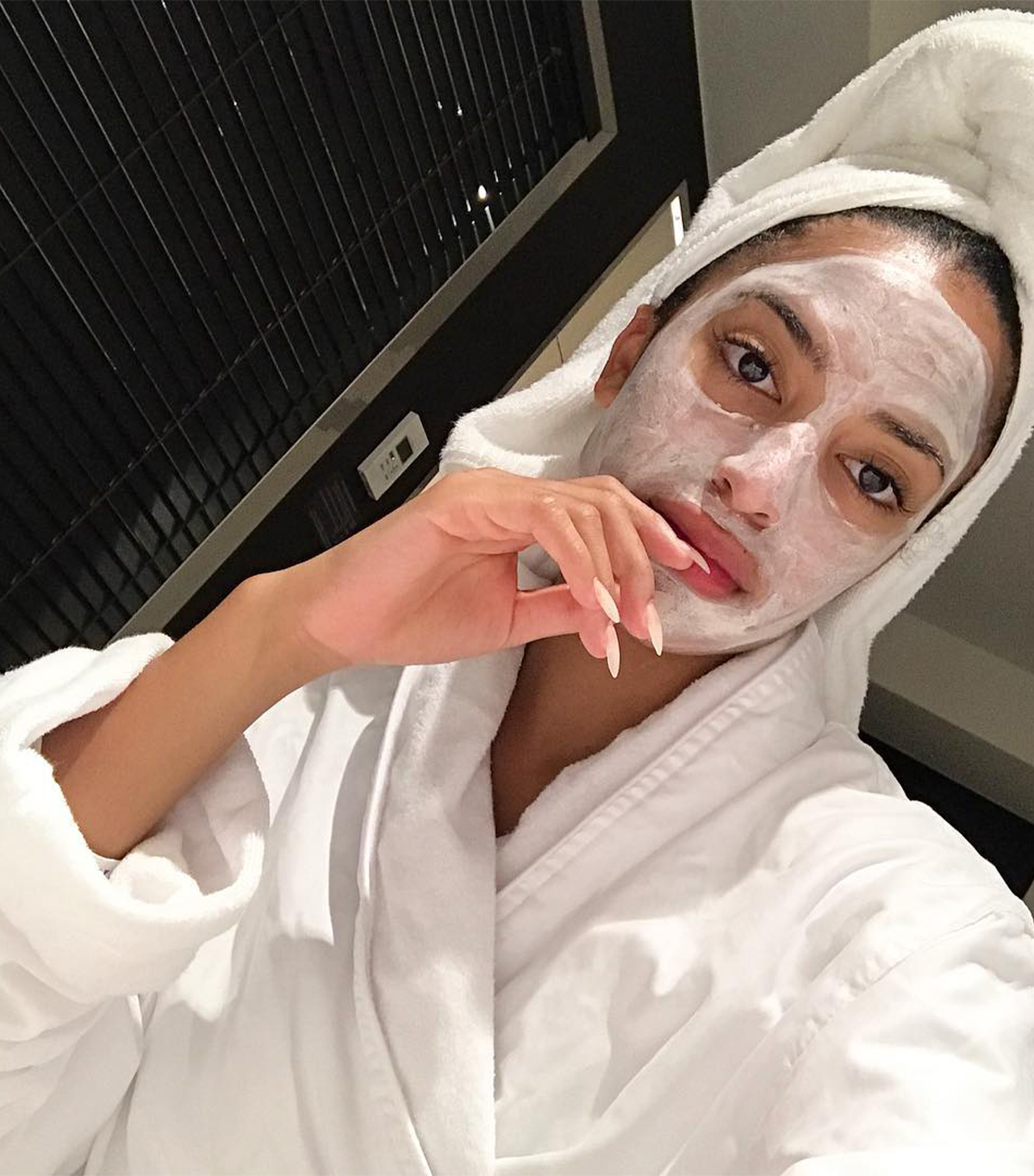
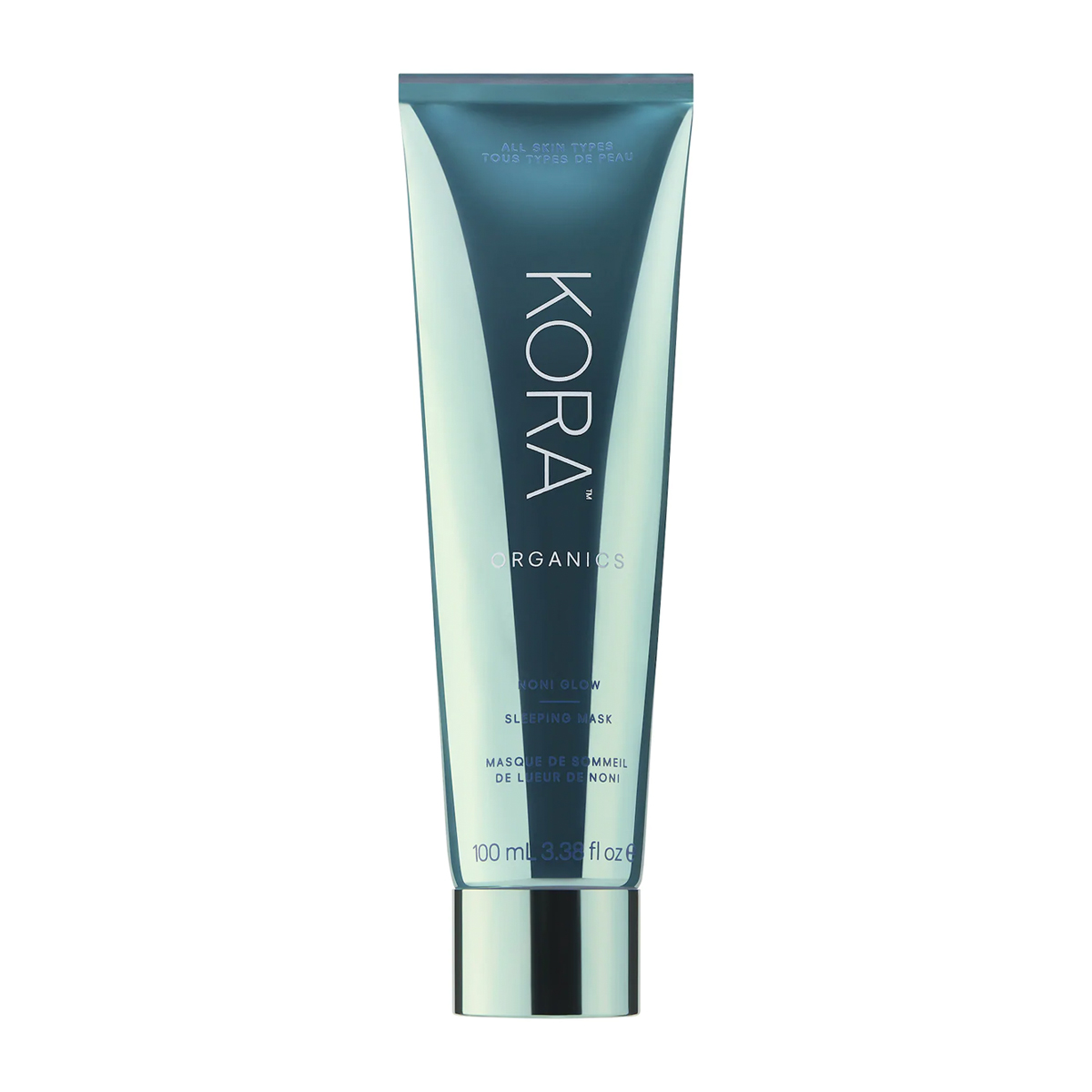
"This is one of my favorite masks that instantly revitalizes dry, parched skin," says Marino. "Its lightweight formula goes to work overnight to nourish and soften the skin, so you wake up looking youthful and radiant. This is one of my travel must-haves. I don’t go anywhere without it!"
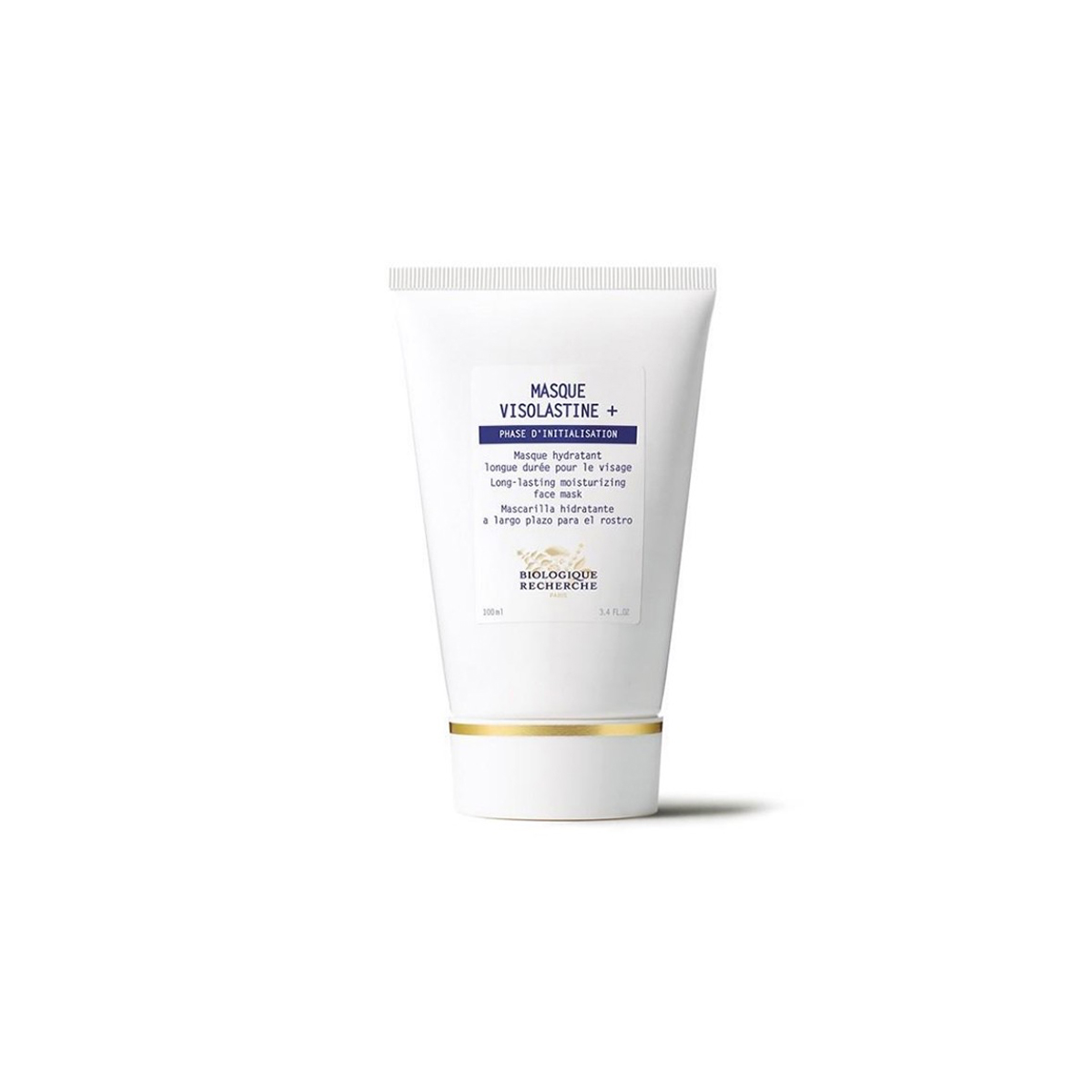
"This mask is rich in protective, hydrating, and lipid-replenishing active ingredients to boost skin's hydration," says Marino.
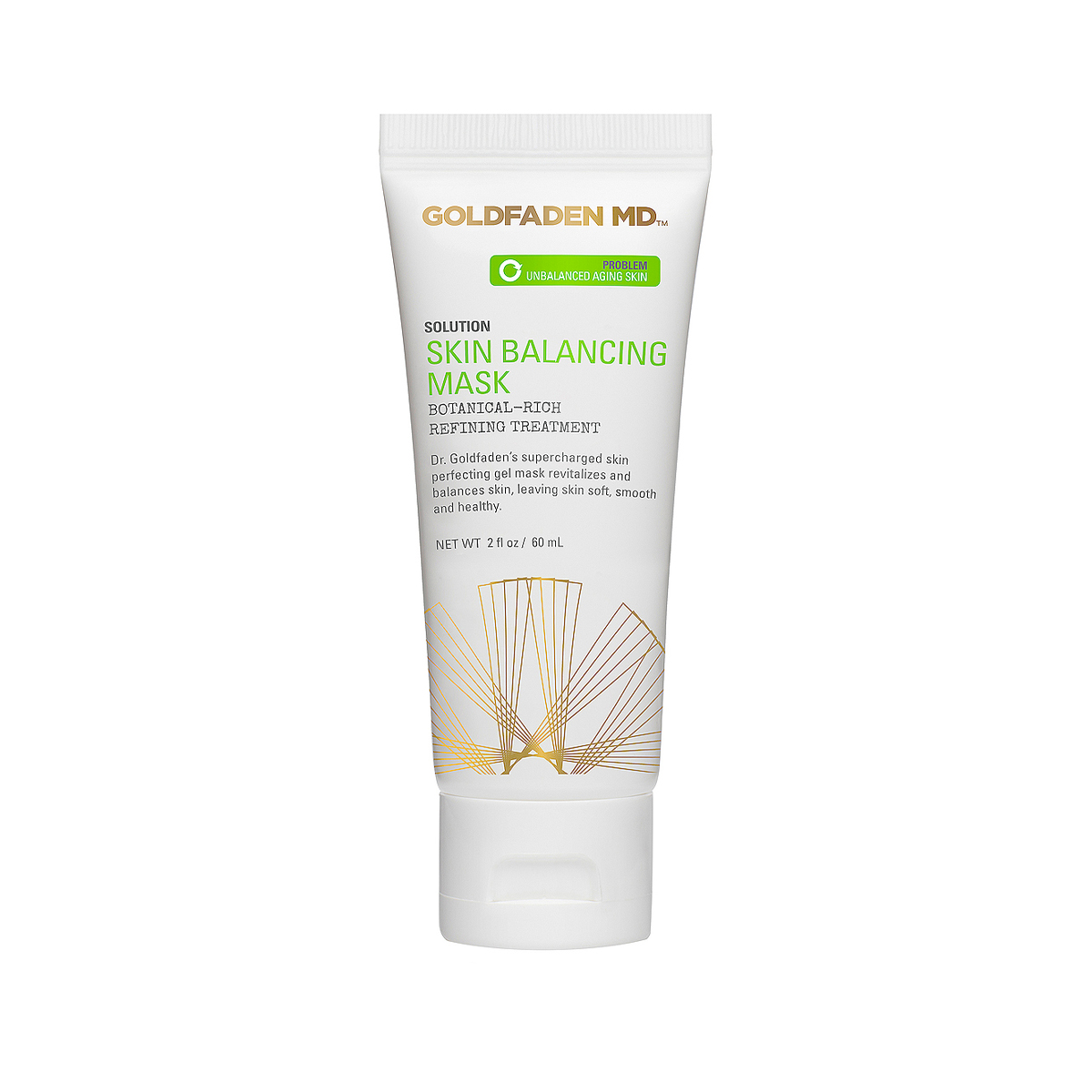
Plants enzymes are also on Thornton's list of must-have mask ingredients. "Derived from various fruits and plants, they gently exfoliate the skin by breaking down the keratin protein and dead skin cells, without disrupting the skin's pH level. This makes them less likely to cause irritation," she says.
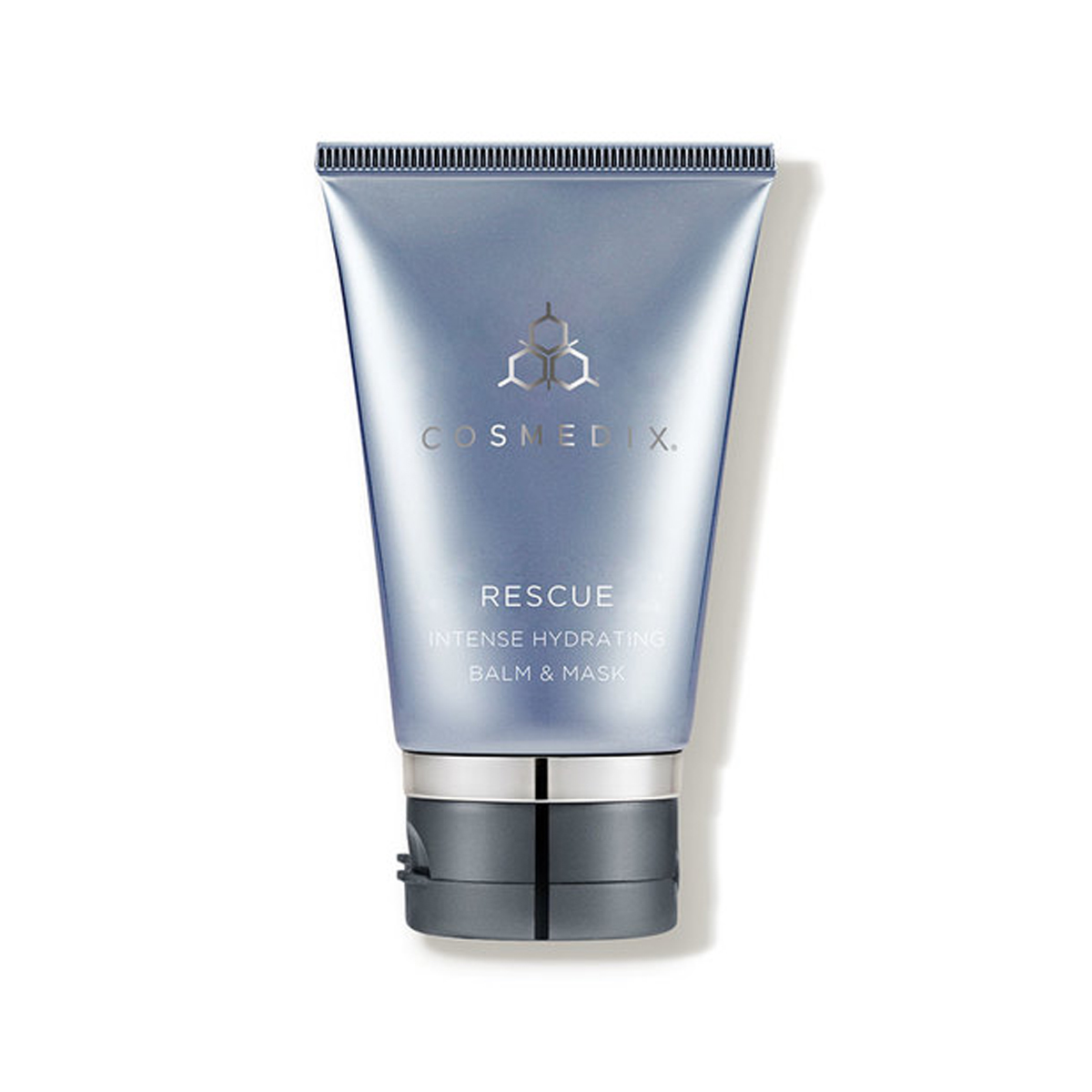
Marino says this overnight mask is perfect for restoring balance and moisture. "For severely dry or chapped skin, this mask helps replenish the skin barrier by locking in moisture," she explains.
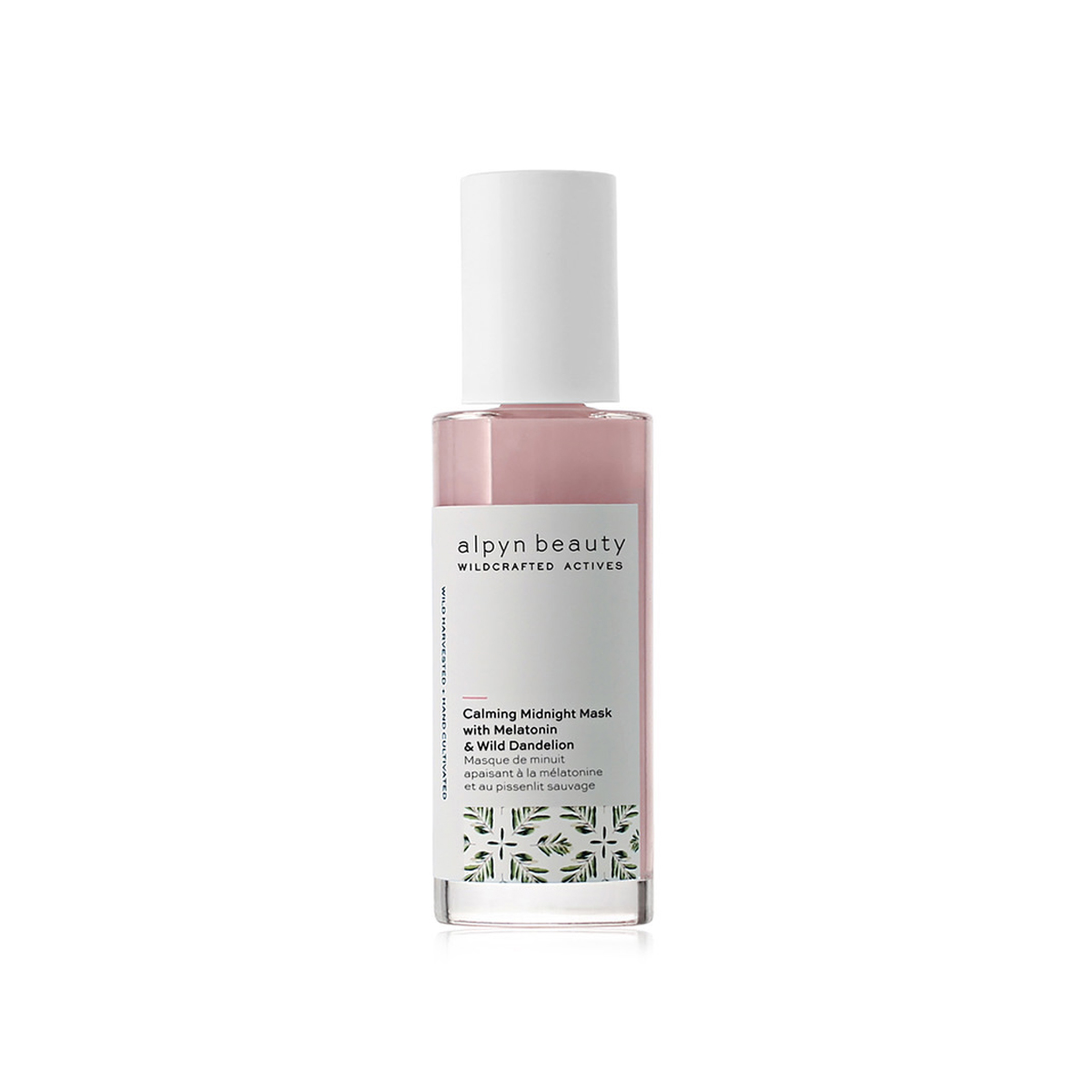
Thornton loves nourishing masks that have jojoba in them for mitigating the effects of dry skin. "Jojoba is a wax with a similar chemical structure to human skin sebum. It’s excellent at unclogging pores and suppresses inflammation," she says.
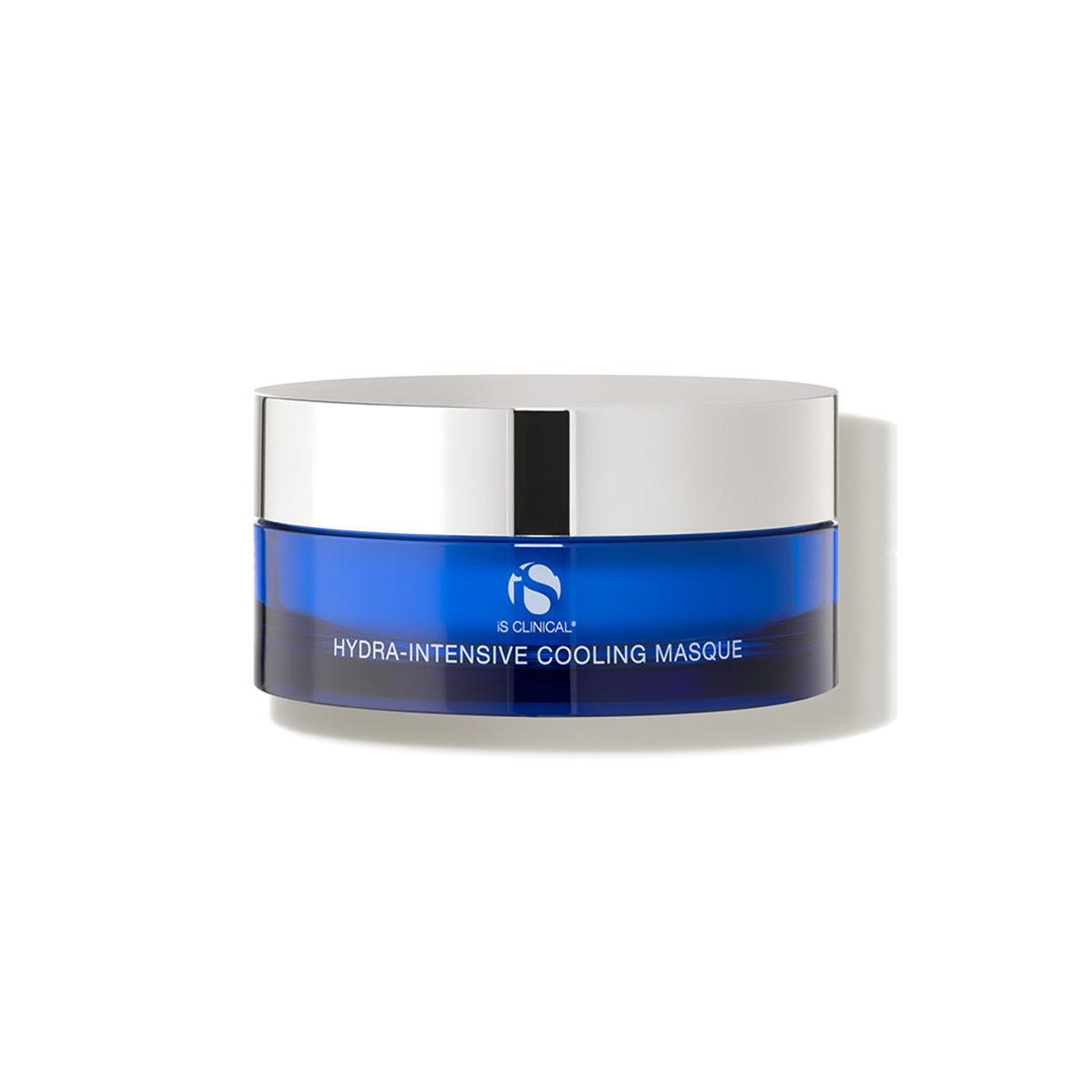
"This is a big drink of water for the skin," Marino says. "It features a professional strength formula with hyaluronic acid, which we know is nature's moisturizer."
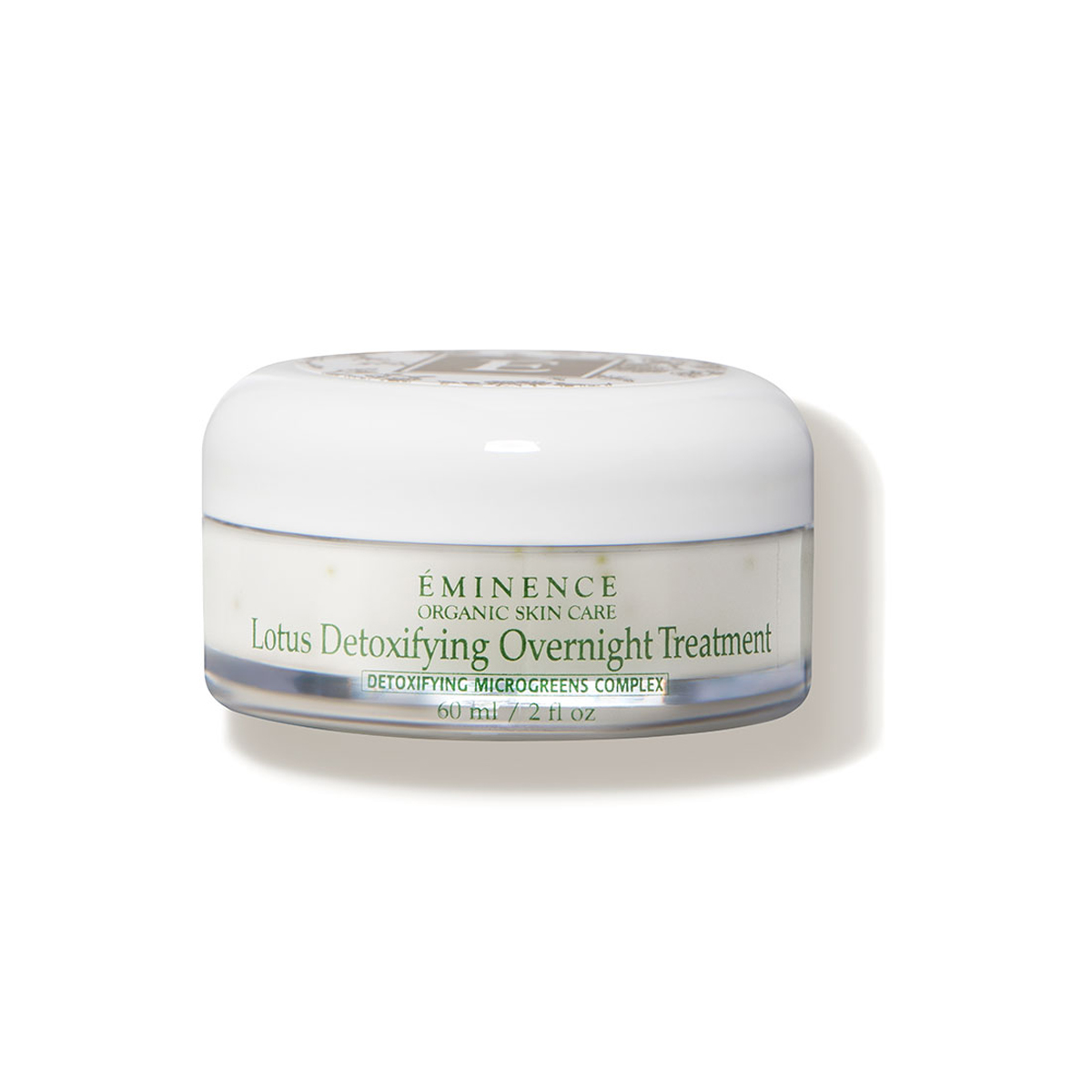
Another one of Thornton's favorite moisturizing ingredients is vegetable glycerin. "It's a plant-based, rapid-absorbing moisturizer and humectant that attracts water to the skin," she says.
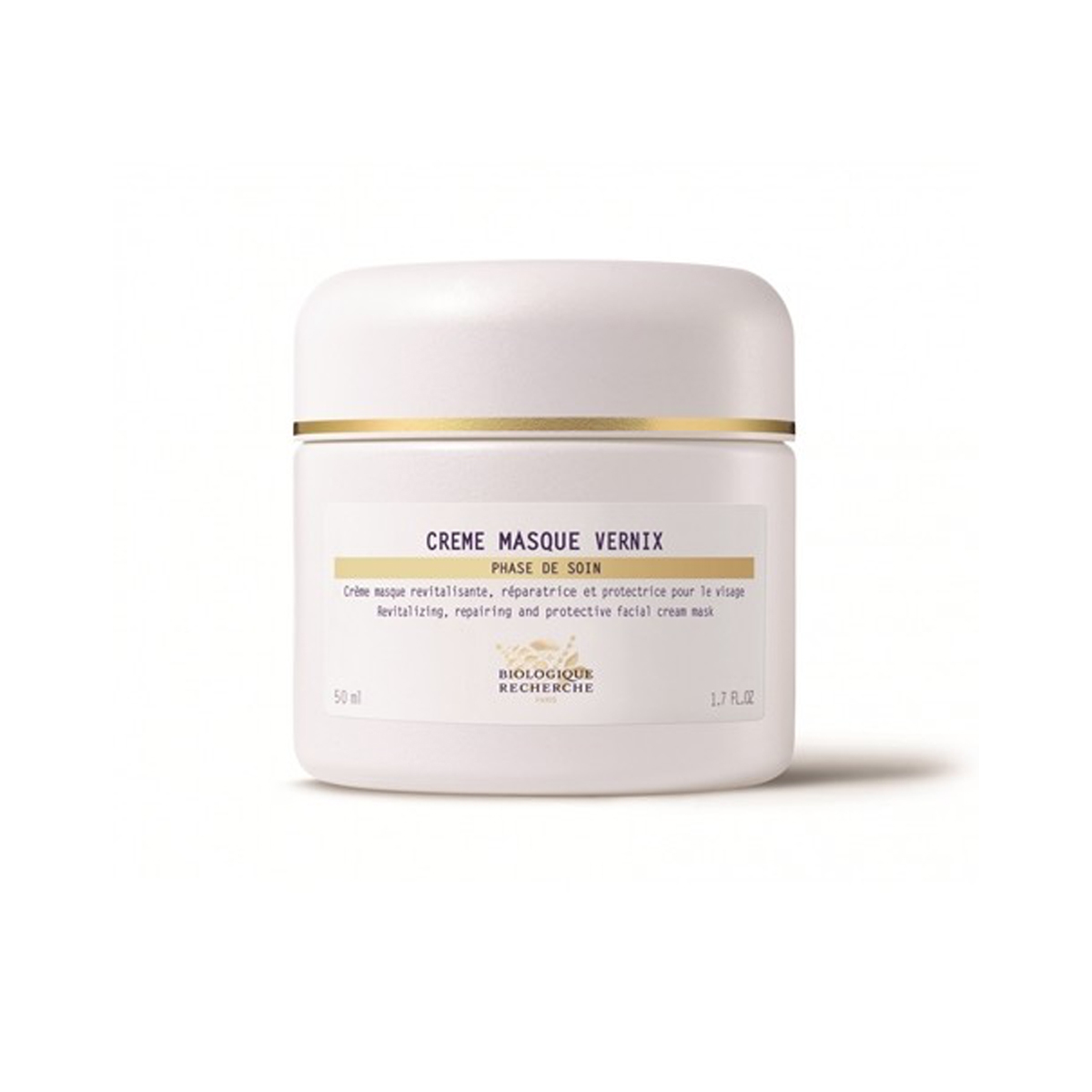
Marino also loves this super-hydrating Biologique Recherche mask. "Vernix is the white layer on a baby's skin when they're first born. It's incredibly protective and nourishing. This mask mimics the natural vernix with the use of fatty acids, lipids, and emollients that will replenish and restore dry skin. It can be used as a daily cream or applied in a thick layer as a mask."
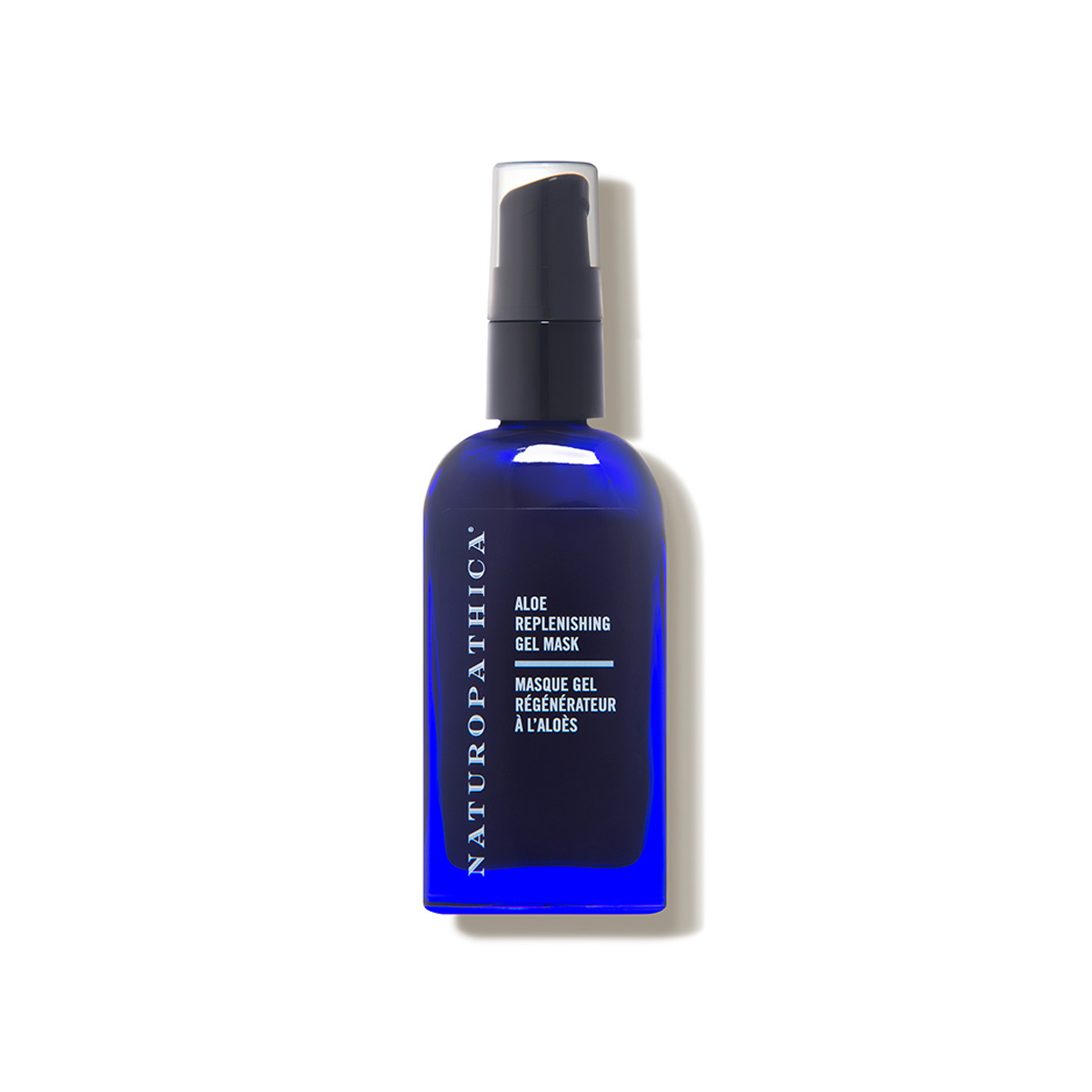
Thornton and Marino both love aloe vera gel for its deeply nourishing properties. "Made from the inner parts of the aloe vera plant, it’s abundant in water, vitamins, and polysaccharides, which are powerful healing compounds that help to hydrate and restore balance to skin", says Thornton. Marino adds that she encourages her clients to mix organic aloe into their clay and mud-based masks to ease their drying effects.
Discover More Editor-Approved Hydrating Masks
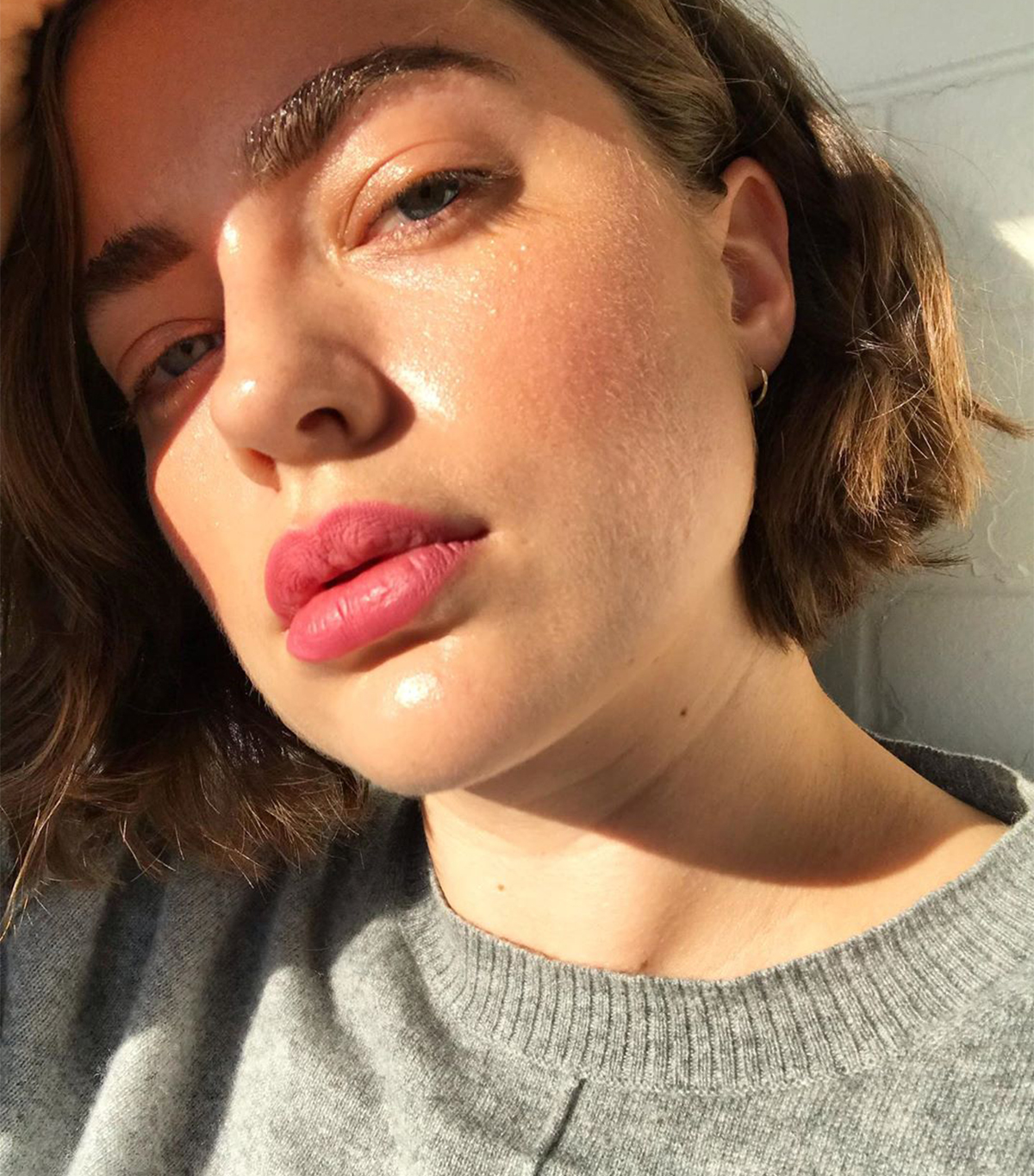
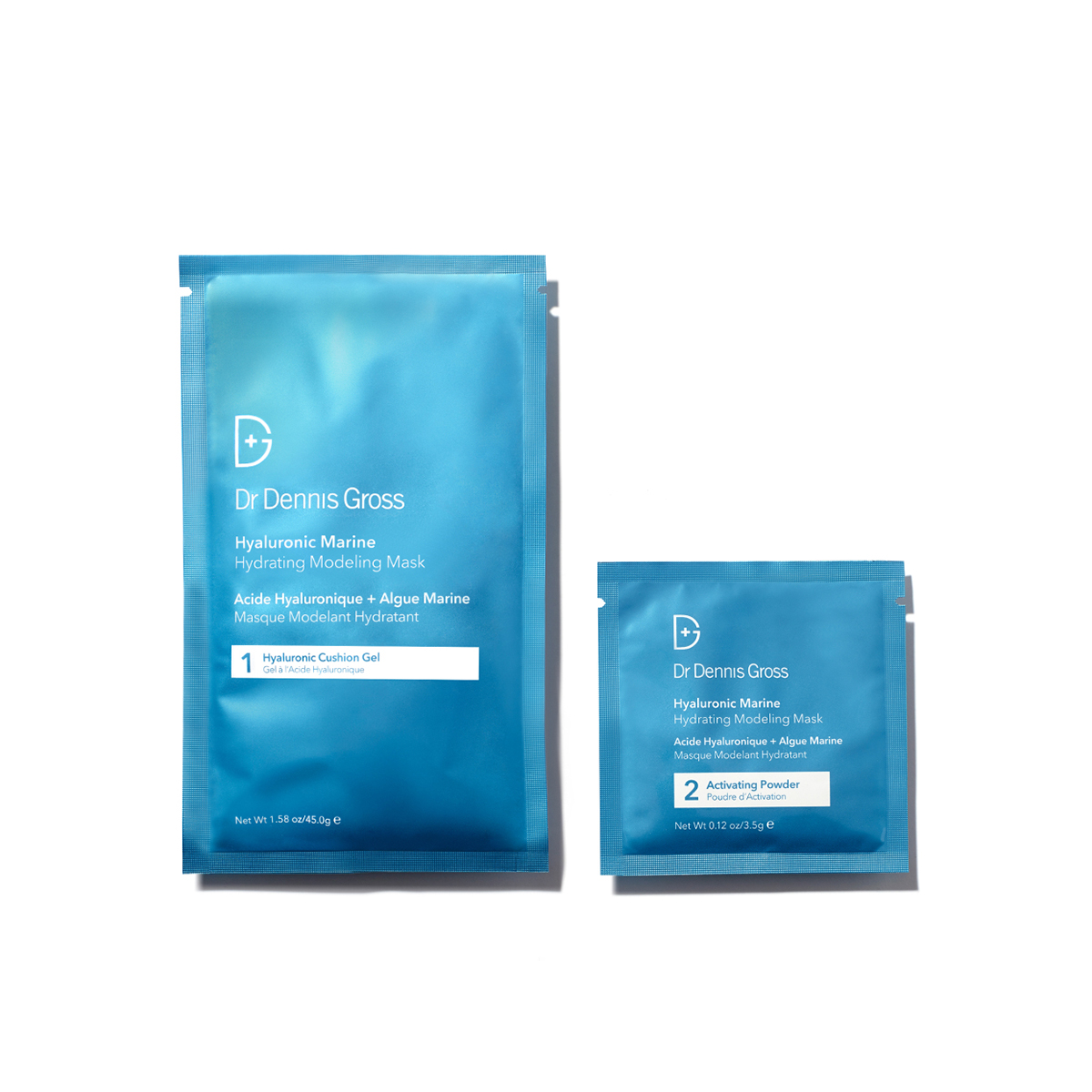
This modeling mask will change your life. If you know, you know. If you don't, you need to.
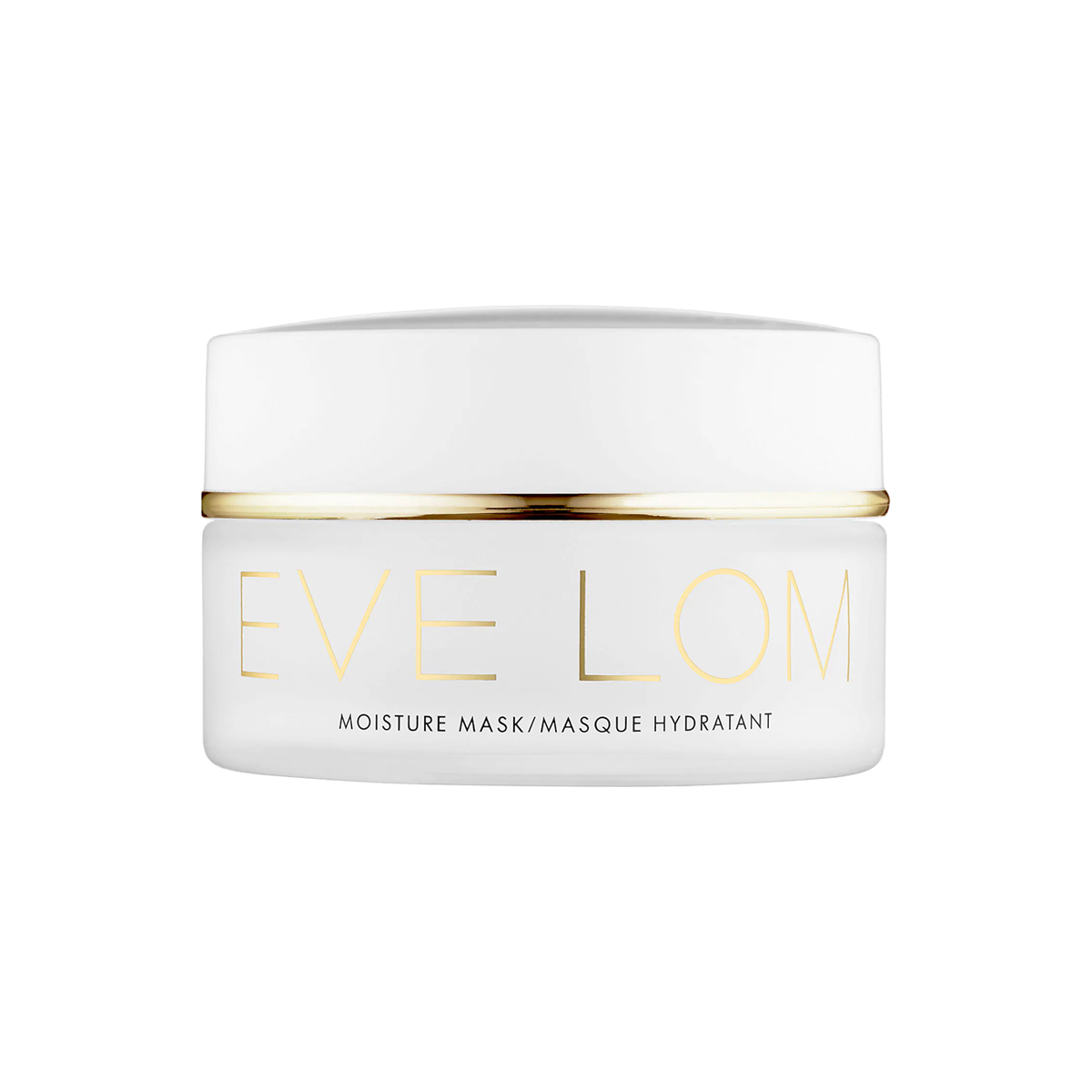
This mask focuses on protecting your precious skin barrier to not only restore moisture now, but also prevent future dehydration.
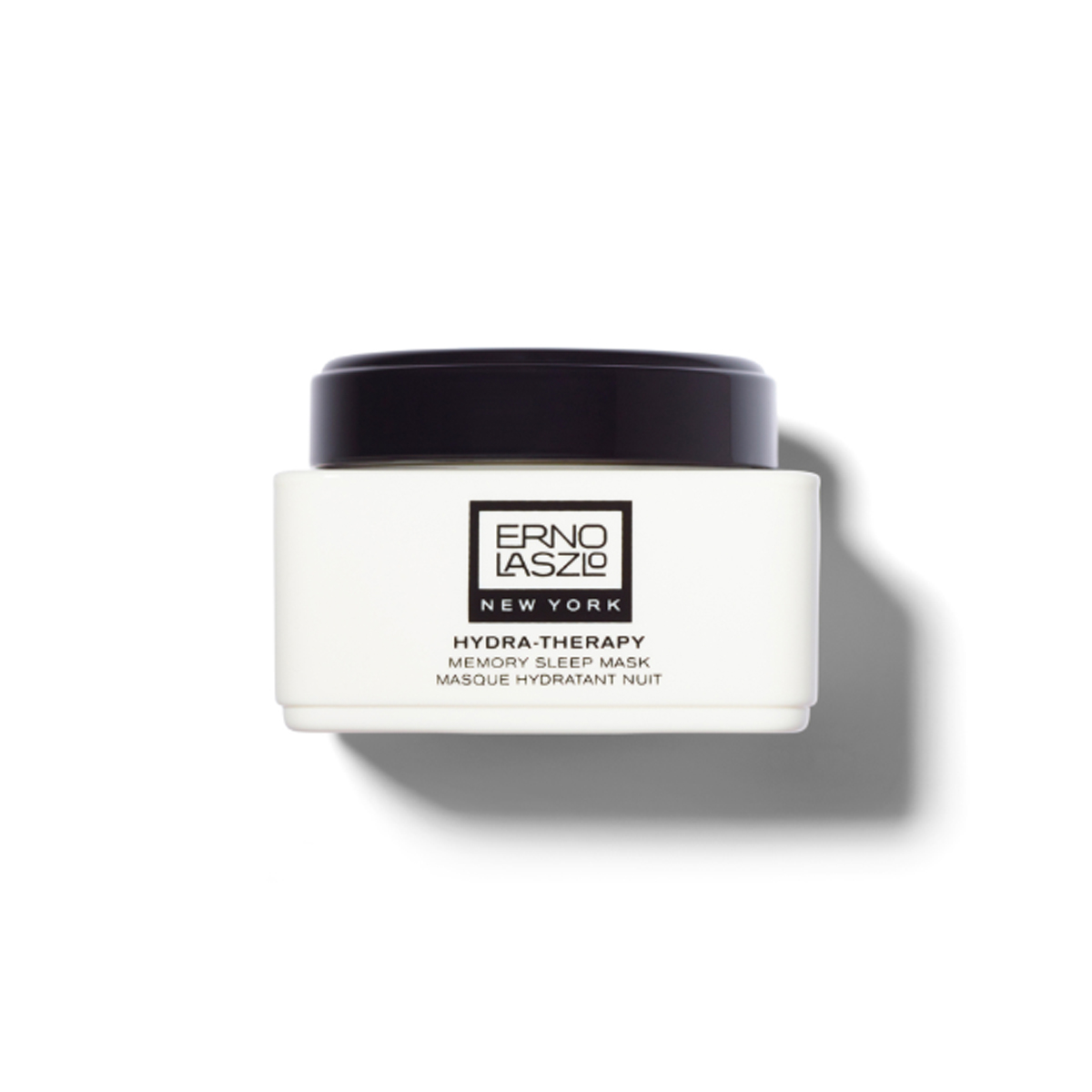
This mask helps your skin rebuild while you sleep. Prickly pear, green ginger, and mugwort extracts all attract water, while omegas 3, 6, and 9 help improve elasticity.
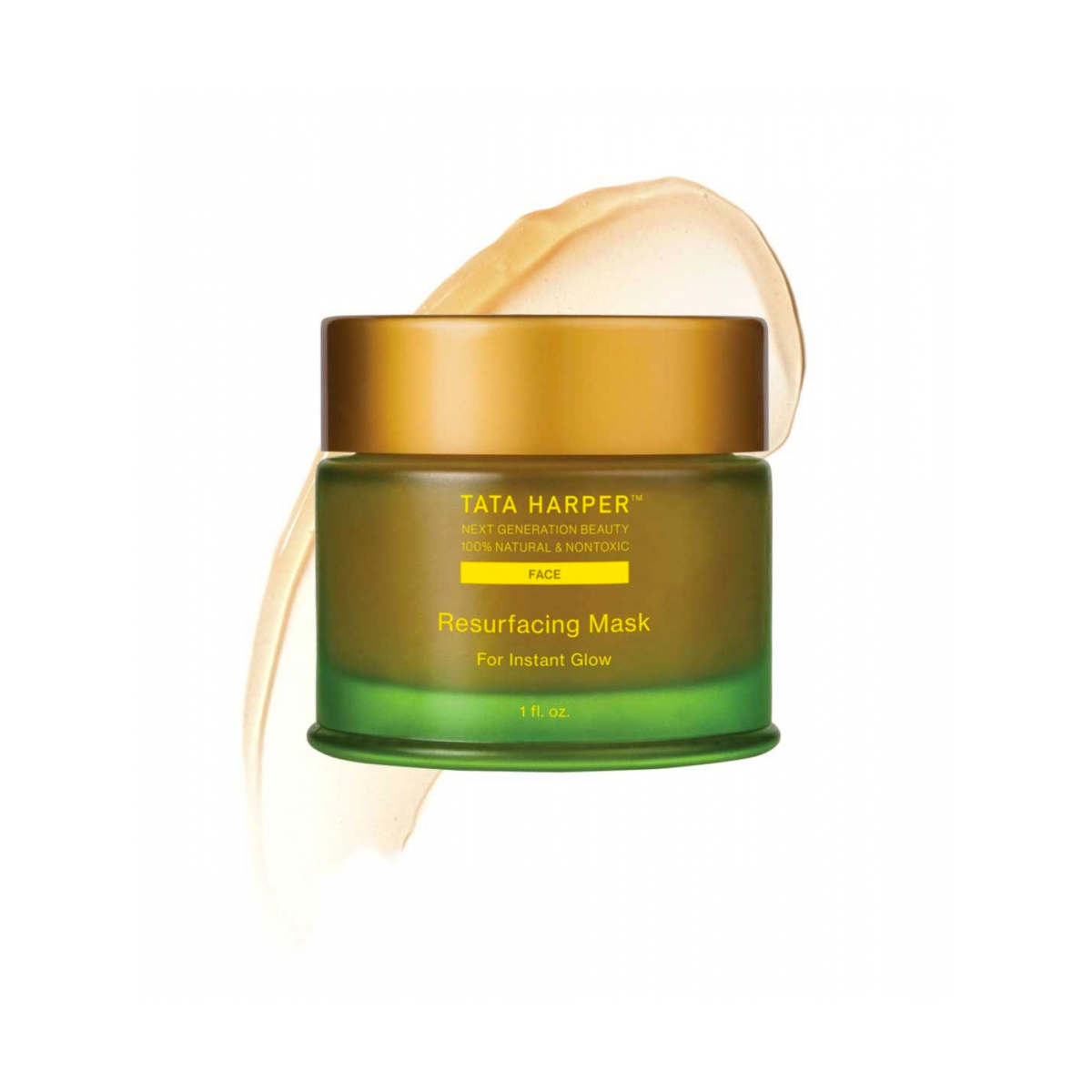
Marino points out that an important part of skin hydration is proper exfoliation to remove dead skin cells that can hinder the absorption of all those wonderful nutrients in your skincare. This resurfacing mask from Tata Harper is both gentle and effective. Plus, it instantly smooths the skin.
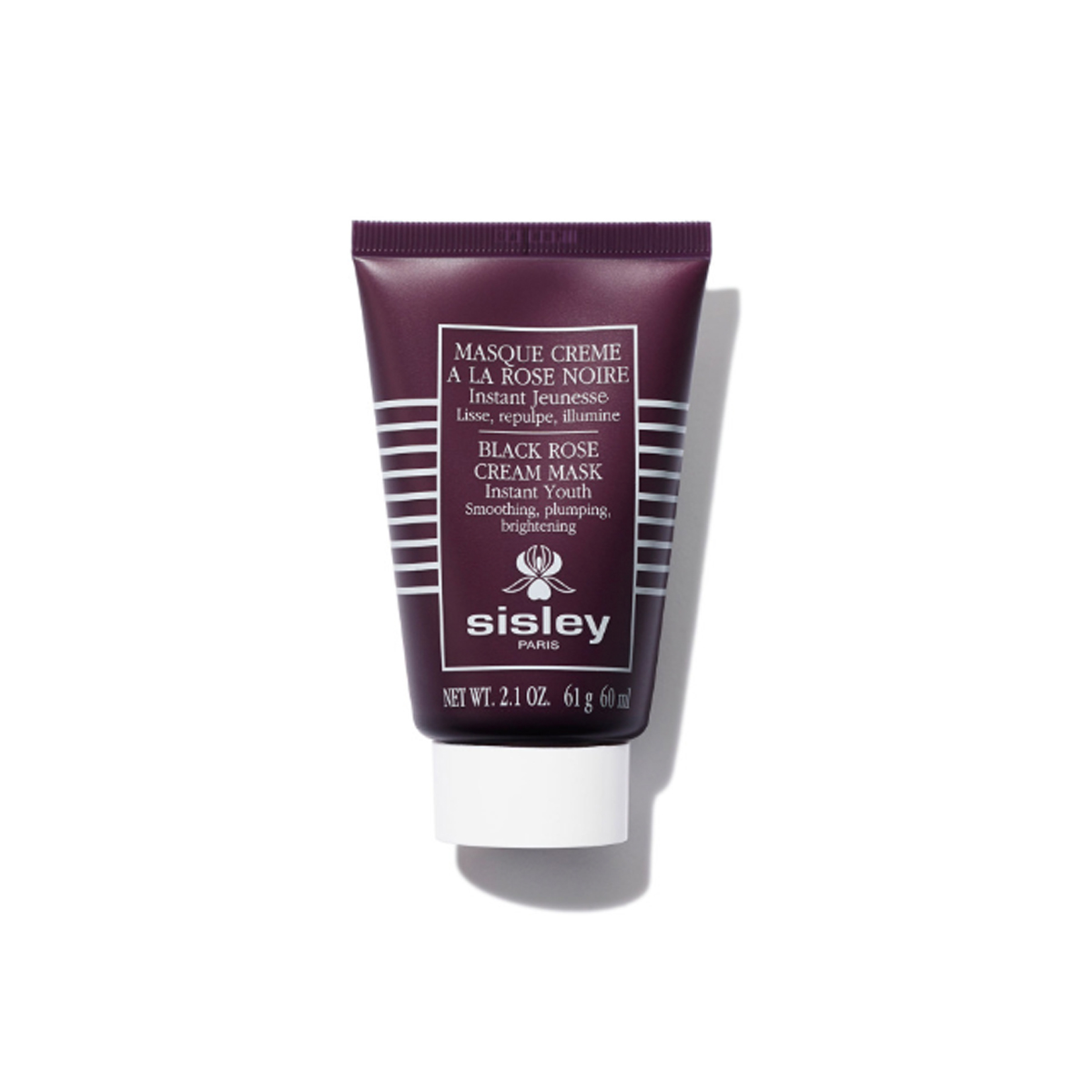
Skincare enthusiasts have been raving about this mask for years because of the nourishing blend of actives that deliver brightened, energized, smoother, more-hydrated skin while also fighting free radicals.
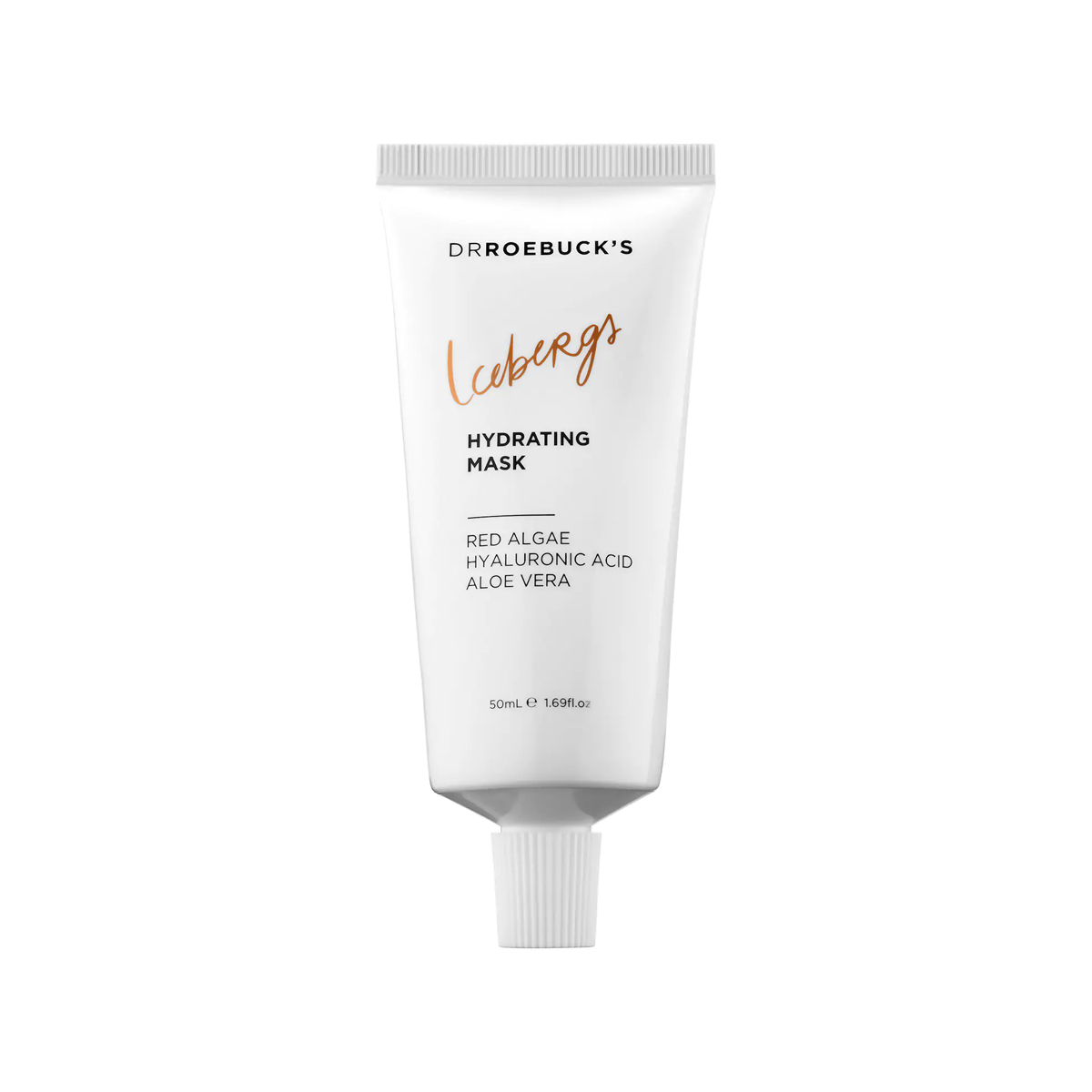
Red algae, hyaluronic acid, aloe vera, and chamomile make this mask a must-have for relieving dry skin.
Up next, this part of your skincare routine is essential, and most people skip it.
Courtney Higgs is a Cancer sun, Libra rising beauty enthusiast with six years of experience in the editorial space. She was previously Who What Wear's associate beauty editor after spending many years working at InStyle Magazine. She graduated from California State University, Northridge, with a BA in communication studies and pivoted to editorial after spending her college years working in the legal field. Her beauty philosophy is simple: She believes there are no wrong answers and that discovering our favorite beauty products and rituals is a journey, not a sprint. When she's not geeking out over products, she can be found adventuring around L.A. with her fiancé; watching reality TV with their French bulldog, Bernie Mac; or relating way too hard to astrology memes.
-
 Emma Roberts on the Denim Trend She's Reviving and Her Secret to Surviving Boots All Day
Emma Roberts on the Denim Trend She's Reviving and Her Secret to Surviving Boots All DaySpoiler alert: Her style is the definition of effortlessly chic.
By Sierra Mayhew
-
 Probiotics for Acne Are Trending, But Do They Actually Work? Here's What an Expert Says
Probiotics for Acne Are Trending, But Do They Actually Work? Here's What an Expert SaysTL;DR: They definitely can.
By Shawna Hudson
-
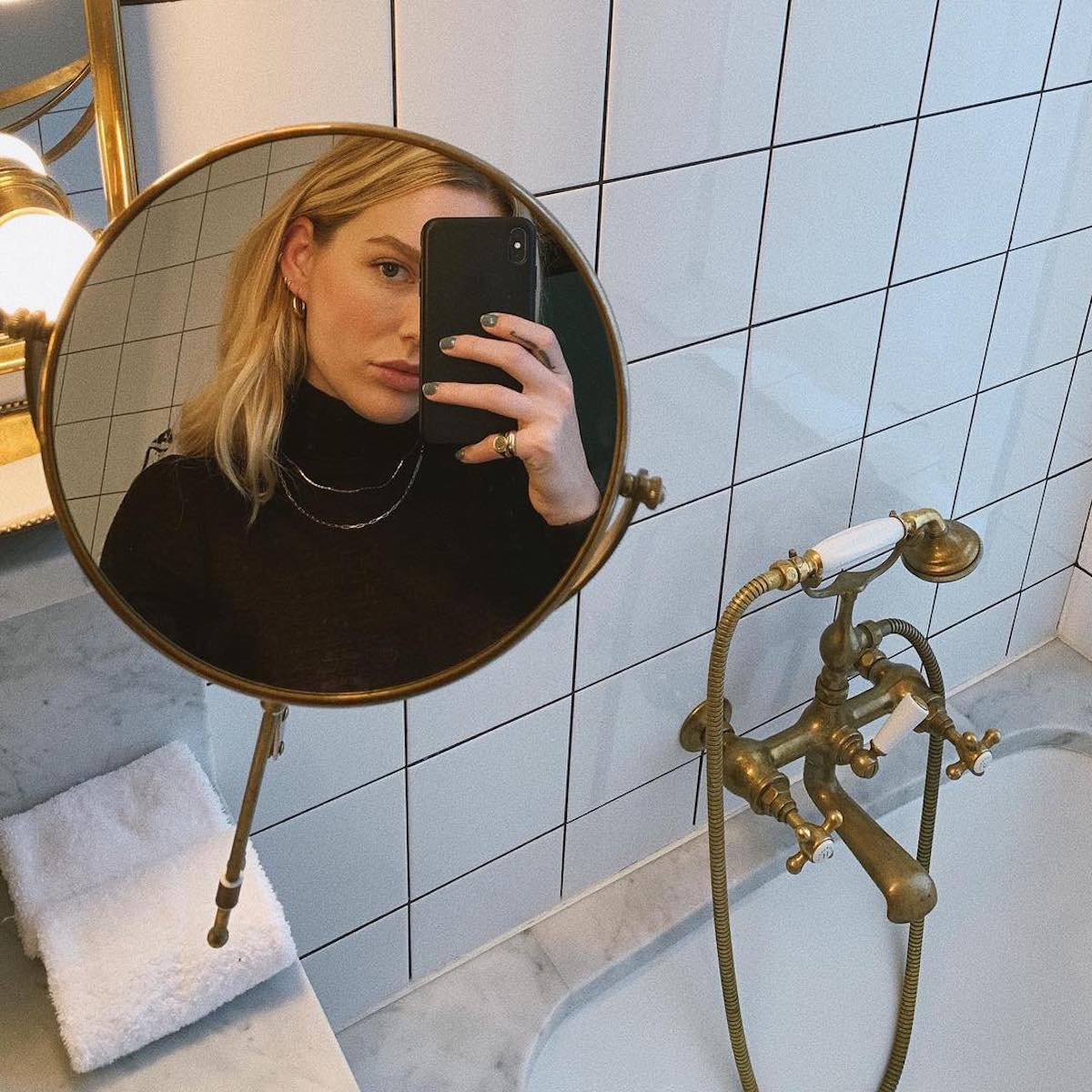 Dry Skin and Damaged Hair? Hard Water Could Be the Culprit—Here's What to Do About It
Dry Skin and Damaged Hair? Hard Water Could Be the Culprit—Here's What to Do About ItTwo dermatologists and a trichologist agree.
By Kaitlyn McLintock
-
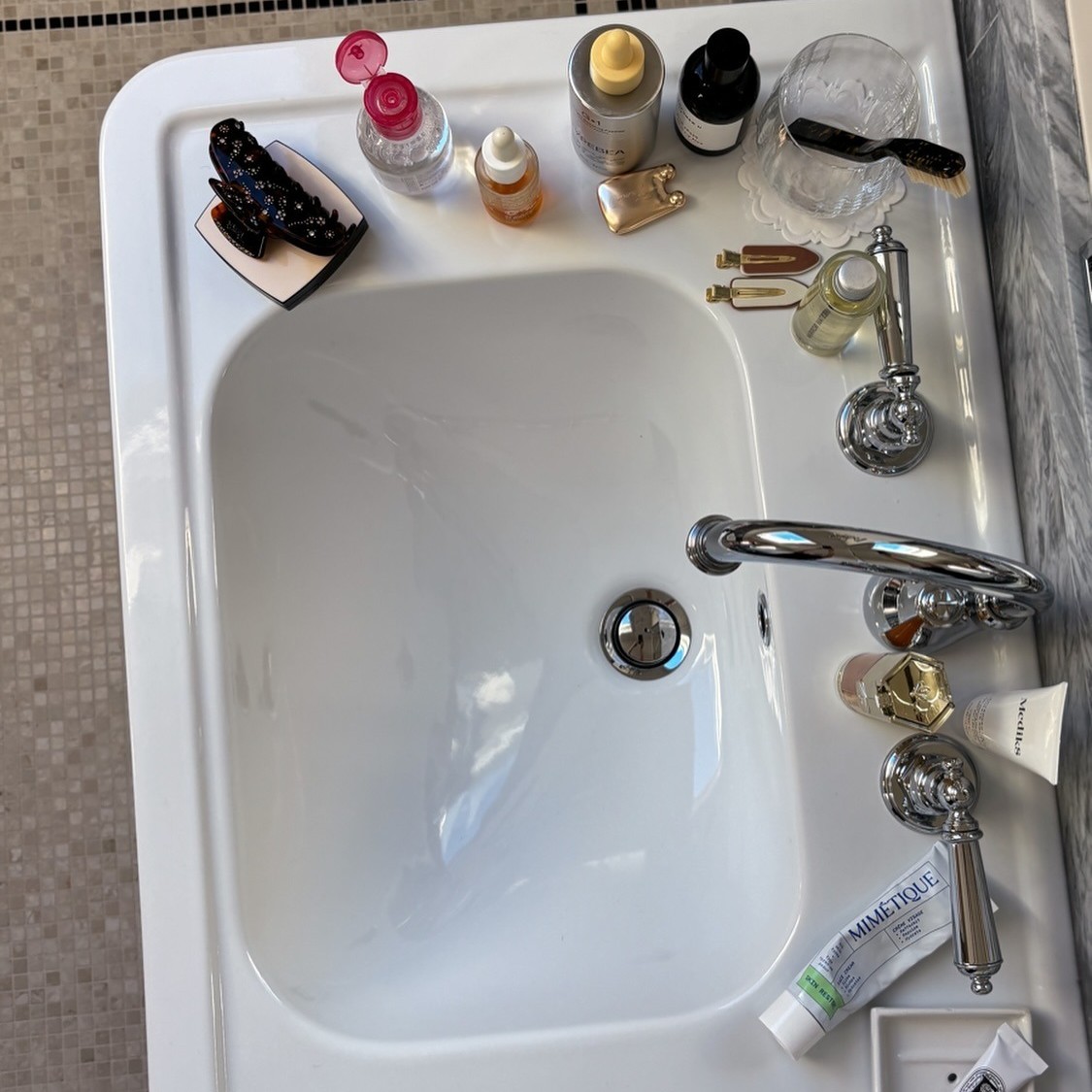 Derms and Beauty Editors (Hi, It's Me) Swear By This Straight-From-Nature Skin Hero That's DIY Mask–Approved
Derms and Beauty Editors (Hi, It's Me) Swear By This Straight-From-Nature Skin Hero That's DIY Mask–ApprovedThis is your sign to start slathering it on.
By Jamie Schneider
-
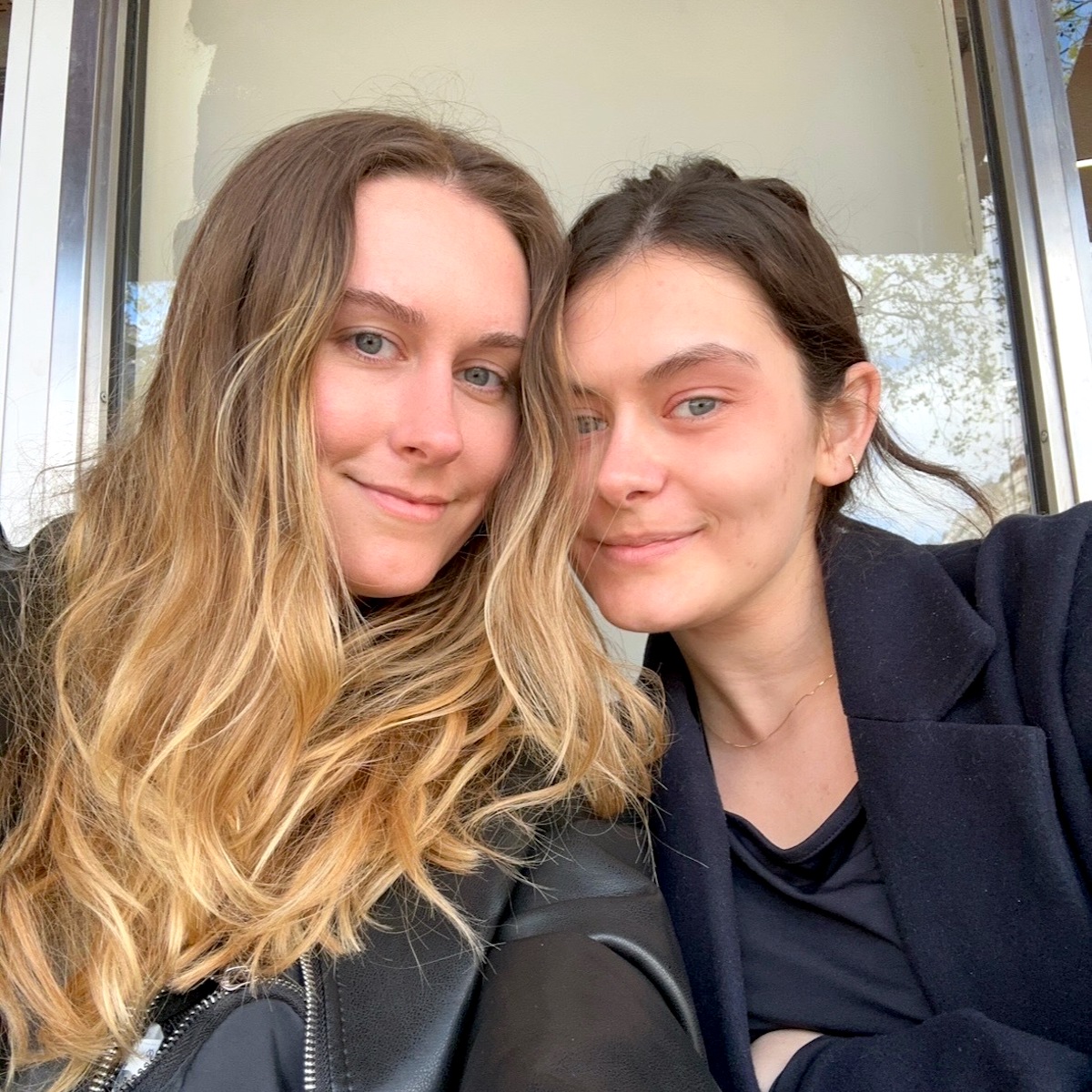 My Sister and I Have Opposite Skin Types, But These Products *Magically* Work for Both of Us
My Sister and I Have Opposite Skin Types, But These Products *Magically* Work for Both of UsThese are our "unicorn" products.
By Kaitlyn McLintock
-
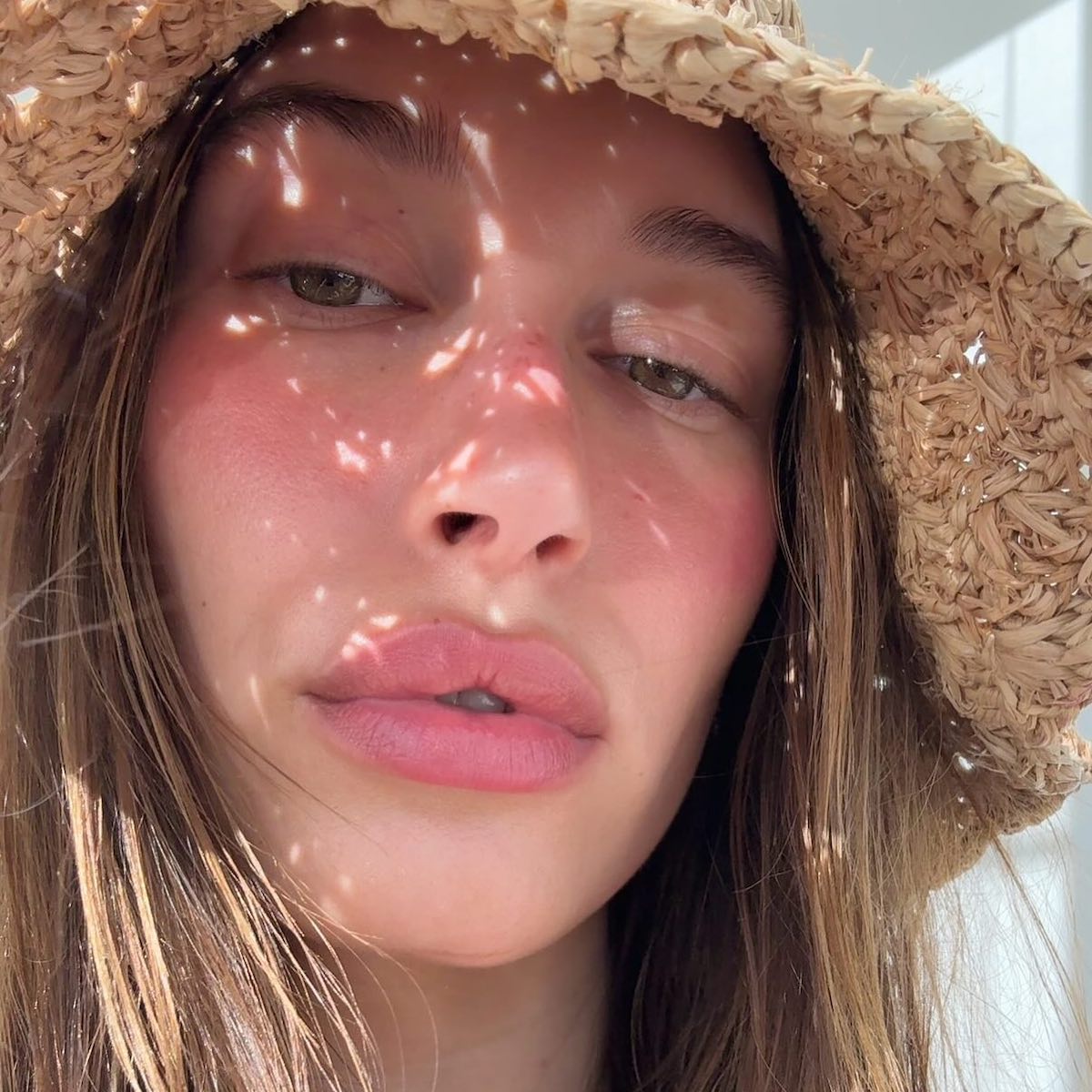 Hailey Bieber Says She "Couldn't Live Without" This $12 French Pharmacy Cream
Hailey Bieber Says She "Couldn't Live Without" This $12 French Pharmacy CreamThat's it—I'm buying three.
By Kaitlyn McLintock
-
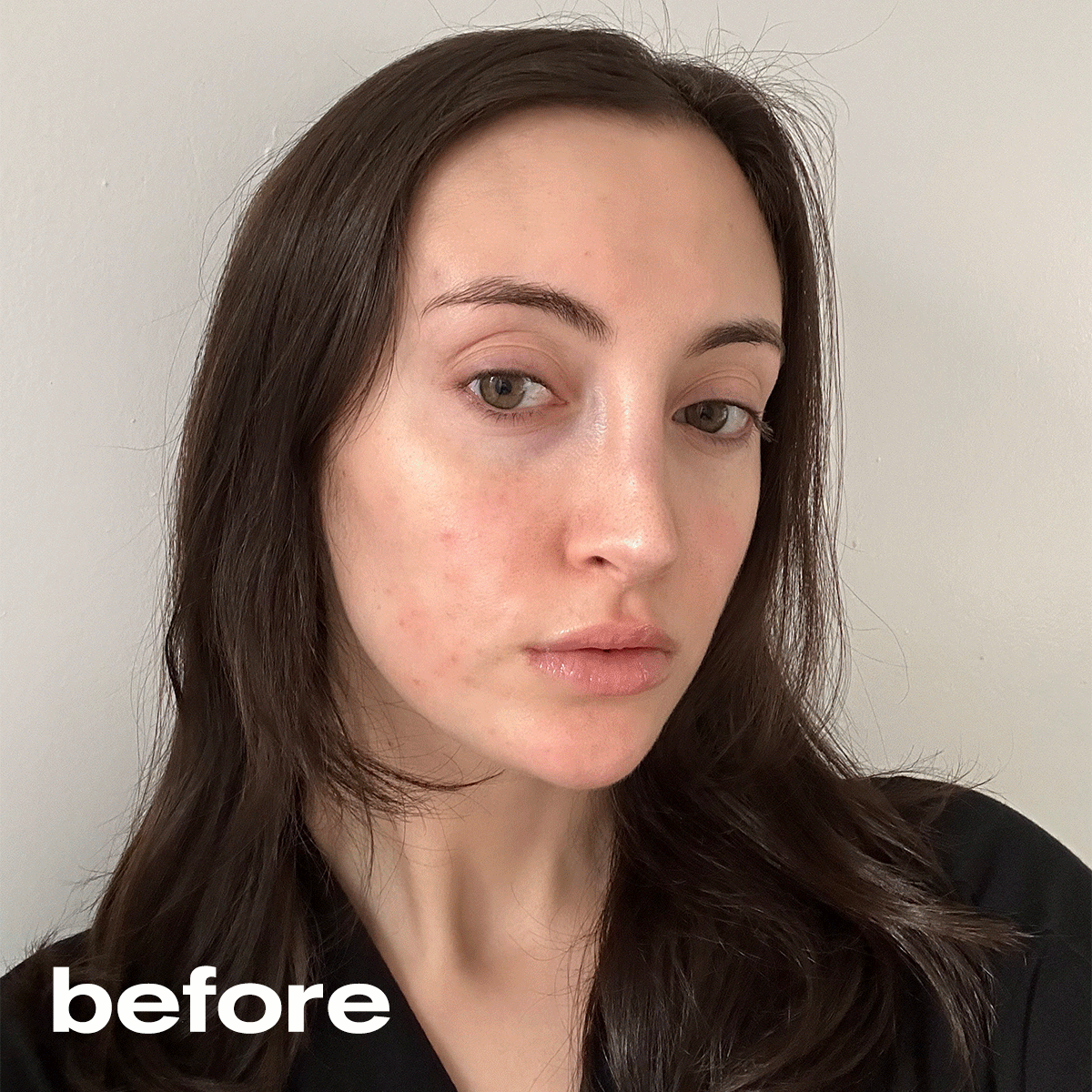 Chic Londoners Love This Ultra-Light Moisturizer, and No Lie, It Saved My Angry Winter Skin
Chic Londoners Love This Ultra-Light Moisturizer, and No Lie, It Saved My Angry Winter SkinIts key ingredient changed everything.
By Alyssa Brascia
-
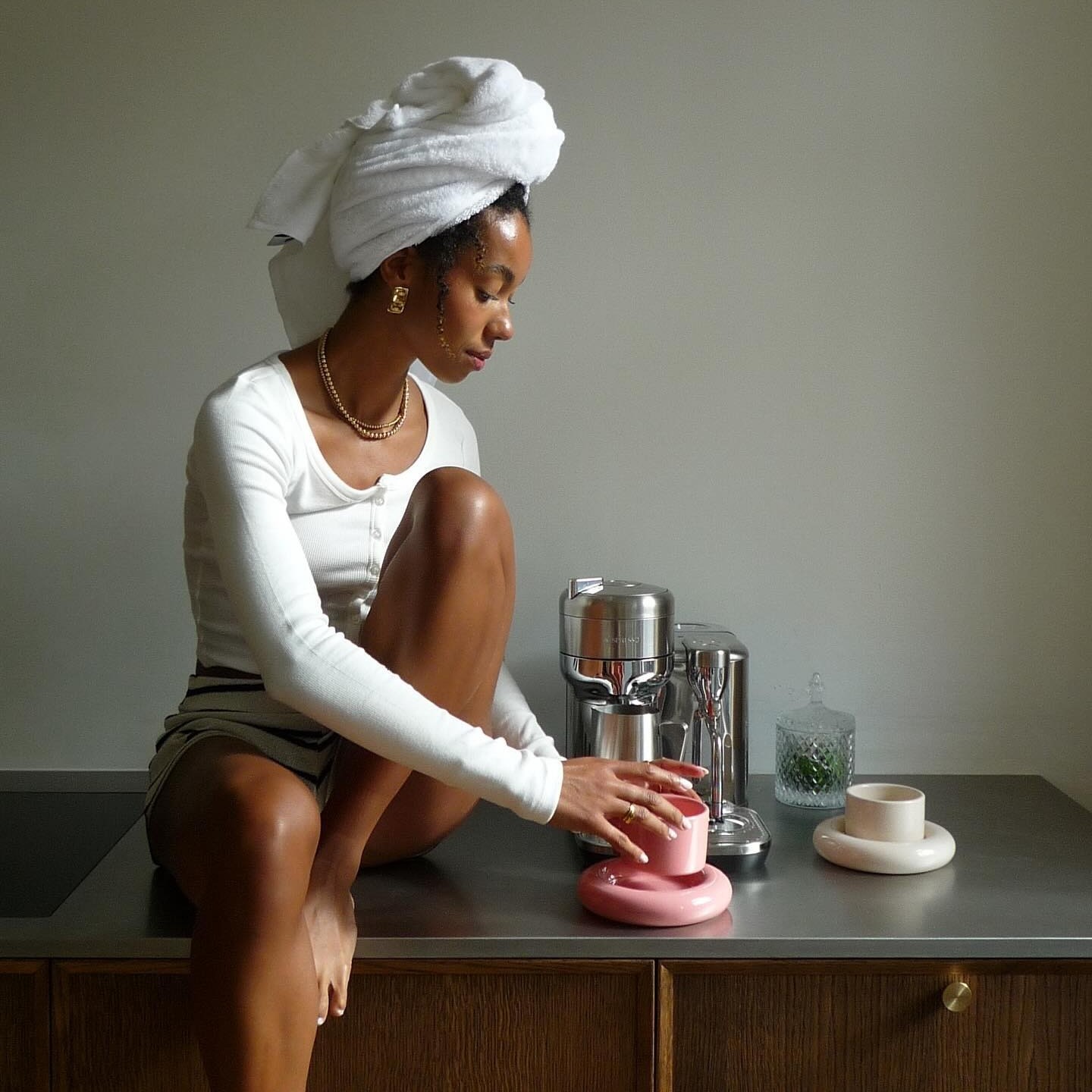 Do Derms Prefer Body Lotion or Body Oil? The Answer Might Surprise You
Do Derms Prefer Body Lotion or Body Oil? The Answer Might Surprise YouLet's end the debate, once and for all.
By Jamie Schneider
-
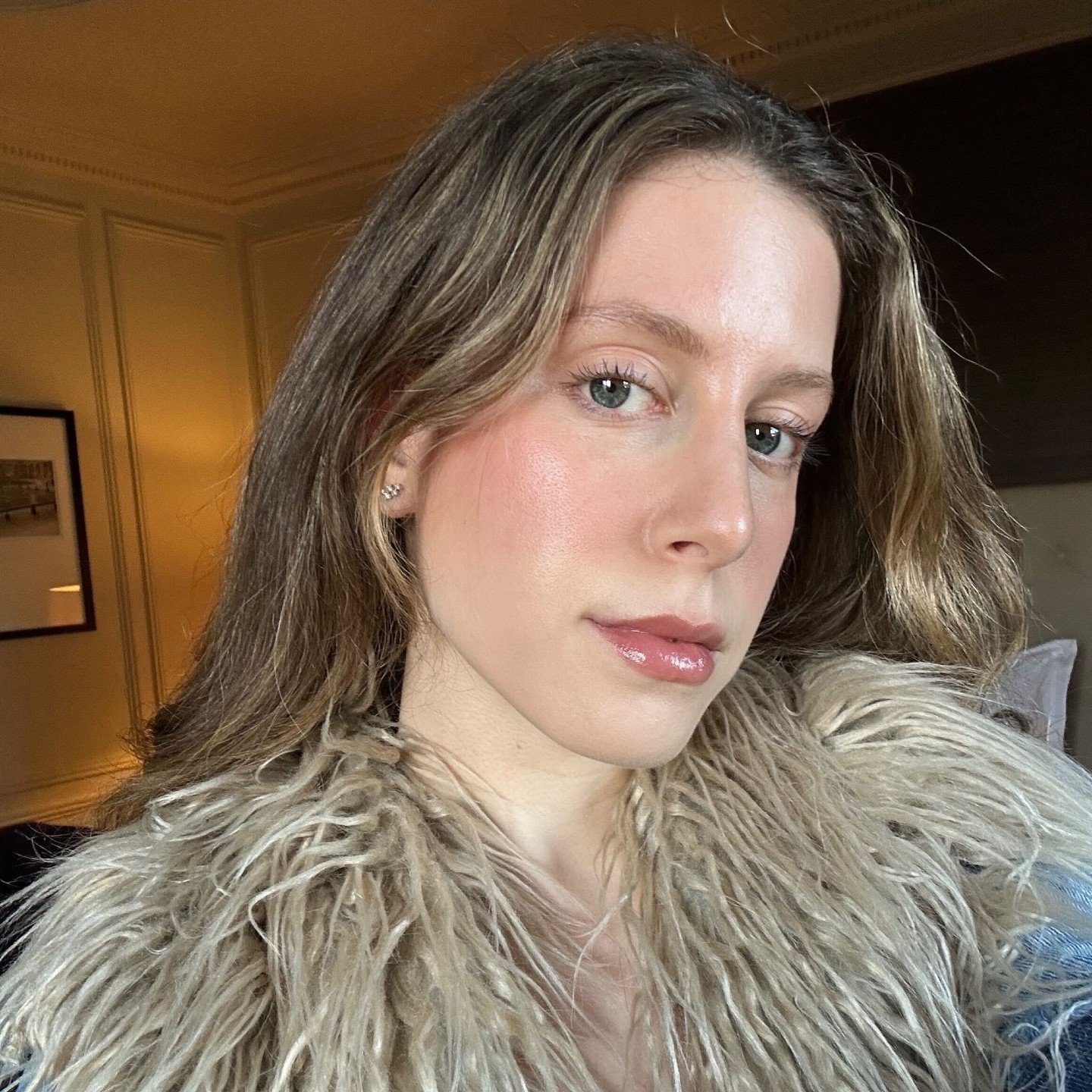 I Have a Fear of Greasy Face Oils, But This French Formula Is *Chef's Kiss*
I Have a Fear of Greasy Face Oils, But This French Formula Is *Chef's Kiss*I don't keep secrets.
By Jamie Schneider
-
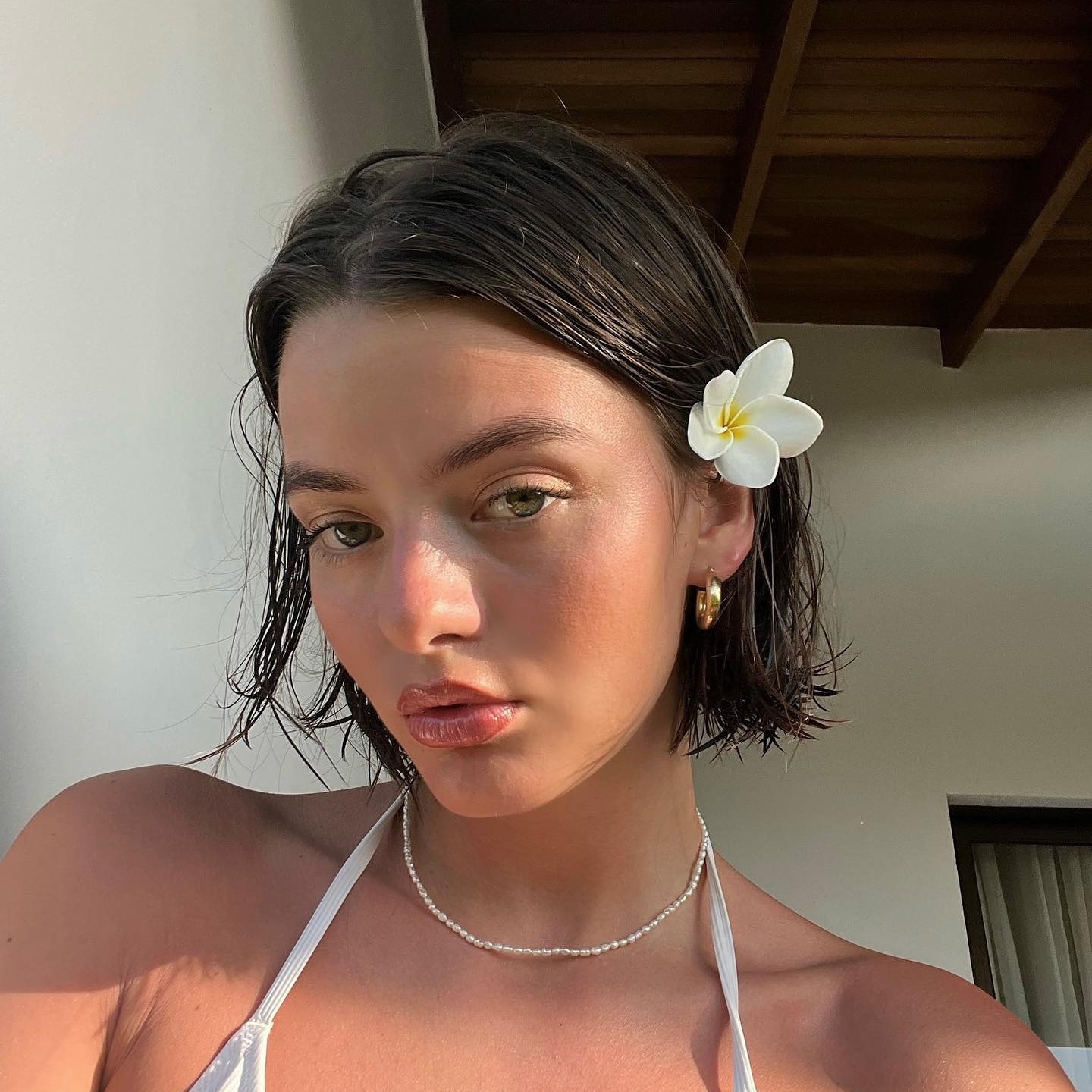 Dullness and Fine Lines Are No Match for This Botanical Hero—My Skin Leveled Up in 10 Days
Dullness and Fine Lines Are No Match for This Botanical Hero—My Skin Leveled Up in 10 DaysIt's the next big thing.
By Maya Thomas